Artists in early nineteenth century England celebrated nature at its most humble, and its most grand.
c. 1780 - 1848
Artists in early nineteenth century England celebrated nature at its most humble, and its most grand.
c. 1780 - 1848
We're adding new content all the time!

Turner’s sublime landscape relates to the ancient past to his 19th-century present.
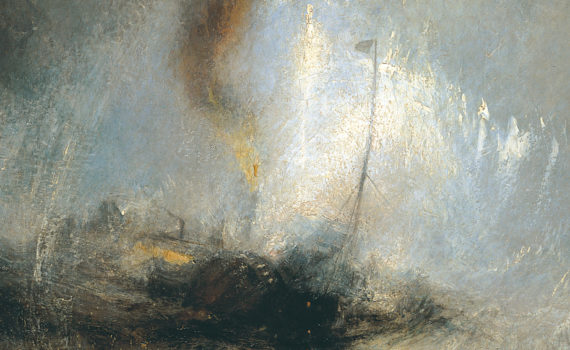
Like a disaster movie, Turner’s painting transforms a natural catastrophe — with death a near-certainty — into entertainment.
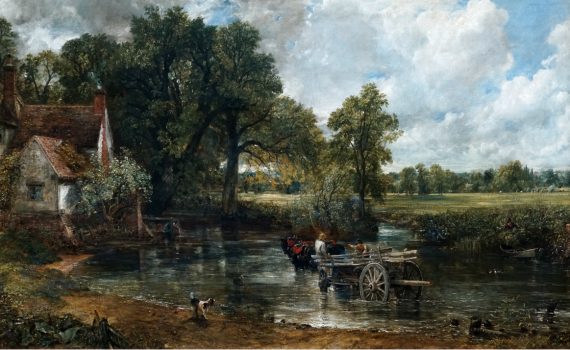
Landscape painting was considered lowly subject, but Constable gives them the six-foot treatment.

Can you paint a portrait of place? Constable makes a case for it with this idyllic depiction of a country estate.
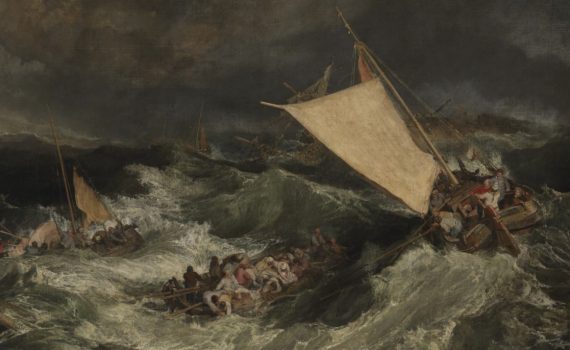
Fancy a trip to Tate Britain? Visit the largest collection of work by Turner anywhere—no passport required.
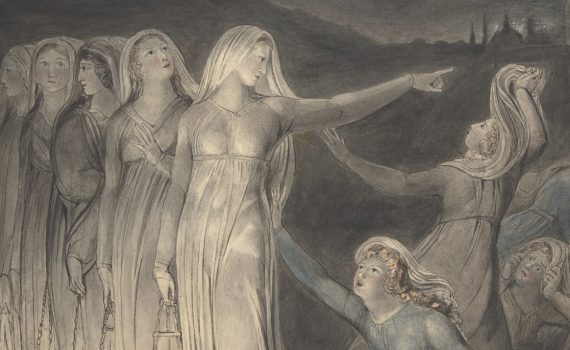
There are two types of people in the world: those who preserve their lamp oil, and those who don’t. Which are you?
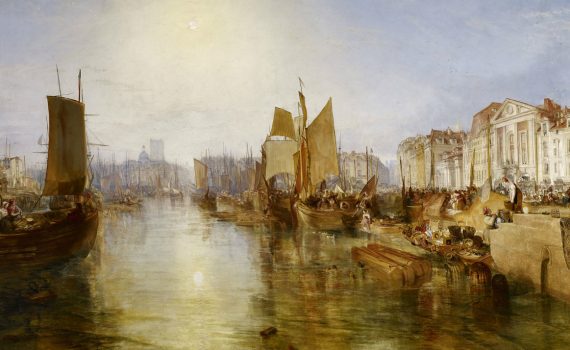
Beautifully rendered details of the Dieppe harbor are second only to Turner’s true love—the sublime sun.
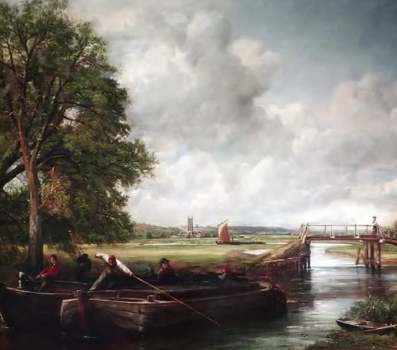
Refusing to idealize, Constable fills his landscapes with the specificity of a fleeting summer day.
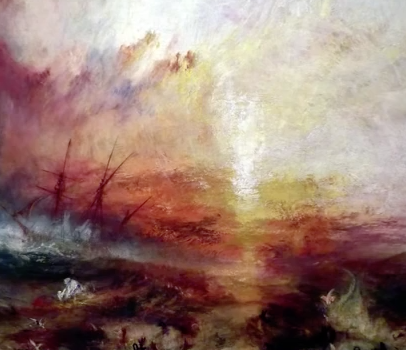
A beautiful sunset, but look closer. One of humanity’s most hideous acts—seen in the waves of the indifferent sea.
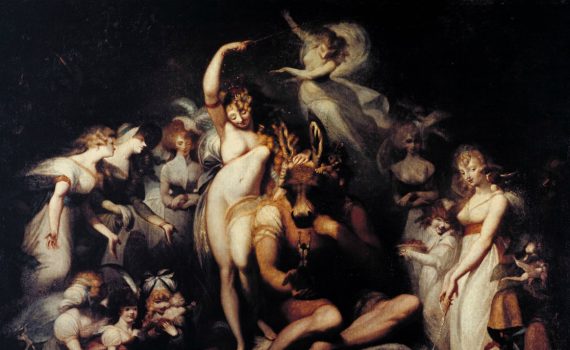
Fuseli’s fairies resist his era’s embrace of the rational in favor of the emotive and fantastic.
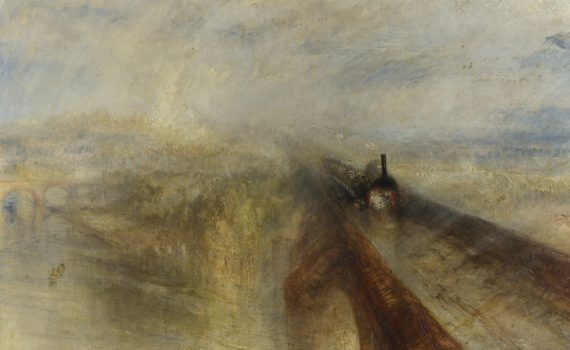
In a time when horses were the fastest mode of transit, the railroad was as radical as Turner’s abstraction.
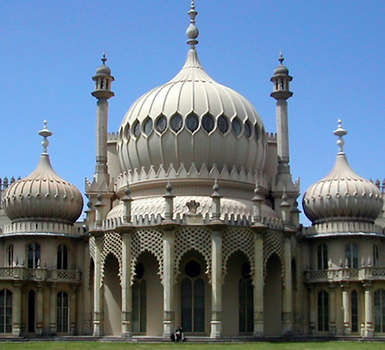
A prince-regent with a private architect builds a fantasy seaside home mixing all the metaphors of empire.